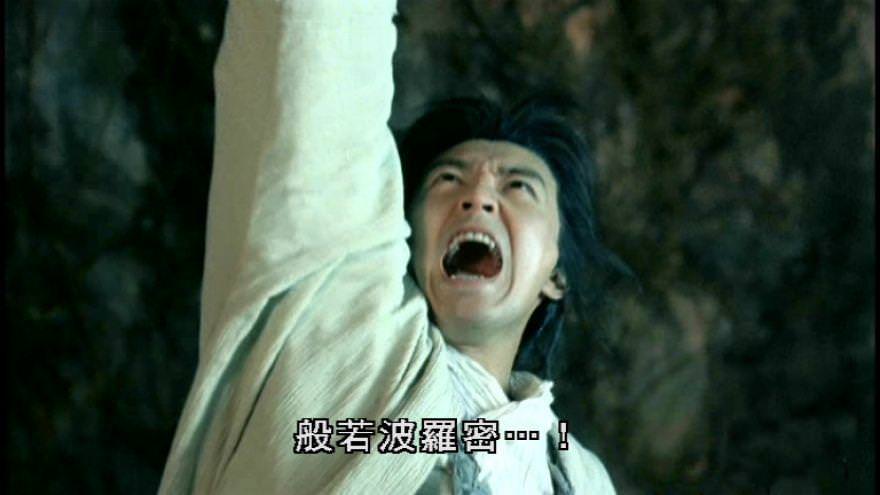Nakajima's 1982 formulation of OEE
A composite metric named overall equipment effectiveness (OEE, 設 備 総 合 効 率 ) was first proposed by Seiichi Nakajima (中 嶋 清 一 ) in early seventies. In his 1982 book (Deploying TPMAt at the time when the book was written, the M in TPM means maintenance and not management. Program for Reforming Manufacturing, 生 産 革 新 のためのTPM展 開 プログラム), the following formulation was given:
\begin{align}
{\small 設備総合効率} &= {\small 時間稼働率} \times {\small 性能稼働率} \times {\small 良品率}\\
\eta_{\rm oee} &= \eta_{\rm time} \times \eta_{\rm rate} \times \eta_{\rm quality}
\end{align}
The first ratio, 時 間 稼 is a kanji formed from the semioglyph 禾 (meaning rice or other cash crops) and the audioglyph 家, while 働 is a kanji formed from the two semioglyphs: 人/亻 (people) and 動 (move). Together, 稼働 can be taken to mean people working in the paddy field. When the context is changed from human to machine, the word 稼働 means that the equipment is in running or operating mode.稼 働 率 ,
\begin{align}
{\small 時間稼動率} &= \frac{\small{稼働時間}}{\small{負荷時間}}\\
\eta_{\rm time} &= \frac{t_{\rm operate}}{t_{\rm load}}
\end{align}
can be approximately translated into time effectiveness\(\eta\) is the greek letter to transcribe the long vowel /e/, \(\eta_{\rm time}\), since it measures the percentage of time the machine is actually operating (\(t_{\rm operate}\), 稼 働 時 間 ) in a specific scheduled time interval whose duration is termed loading time 負 荷 時 間 or \(t_{\rm load}\). Usually \(t_{\rm operate}\) is calculated from subtracting total downtime (停 止 時 間 or \(t_{\rm stop}\)) from loading time, i.e.
\begin{align}
{\small 稼働時間} &= {\small 負荷時間} - {\small 停止時間}\\
t_{\rm operate} &= t_{\rm load} - t_{\rm stop}
\end{align}
For example, suppose the machine is loaded with \(t_{\rm load} = 460\) minutes (this is usually assigned by a factory planner), but a sum of intermittent stops of \(60\) minutes was accumulated, and was able to operating for \(400\) minutes, then $$\eta_{\rm time} = \tfrac{t_{\rm operate}}{t_{\rm load}}=\tfrac{400\;{\rm minutes}}{460\;{\rm minutes}} = 0.87.$$
The second ratio,性 能 稼 働 率 is termed rate effectiveness because the actual output (出 来 高 or 加 工 数 量 ) generated by the machine is evaluated with reference to the volume calculated using standard machine cycle time (基準サイクルタイム) and operating time, \(t_{\rm operate}\).
\begin{align}
{\small 性能稼働率} &= \frac{\small{出来高}}{\small{基準出来高}} \\
&= \frac{\small{出来高}}{{\small{稼働時間 \div 基準サイクルタイム}}}\\
&= \frac{\small{出来高 \times 実際サイクルタイム}}{\small{稼働時間}} \times \frac{\small{基準サイクルタイム}}{\small{実際サイクルタイム}}\\
&= \frac{\small{出来高 \times 基準サイクルタイム}}{\small{稼働時間}}\\
&= \frac{\small{正味稼働時間}}{\small{稼働時間}}\\
\eta_{\rm rate} &= \frac{q}{q^⦵}\\
&= \frac{q}{t_{\rm operate} \div \tau_{\rm cycle}^⦵}\\
&= \frac{q \times \tau_{\rm cycle}}{t_{\rm operate}} \times \frac{\tau_{\rm cycle}^⦵}{\tau_{\rm cycle}}\\
&= \frac{q \times \tau_{\rm cycle}^⦵}{t_{\rm operate}}\\
&= \frac{t_{\rm net}}{t_{\rm operate}}
\end{align}
For example, suppose the machine standard cycle time 基 準 サイクルタイム is \(\tau_{\rm cycle}^⦵ = \frac{1}{2}\) minute/unit (the machine is designed to produce \(1\) unit of product in \(\frac{1}{2}\) minute), and the actual output produced by the machine is \(500\) pieces (in \(t_{\rm operate} = 400\) minute. Then the rate effectiveness can be calculated as $$\eta_{\rm rate} = \frac{q}{q^⦵} = \tfrac{500\;{\rm units}}{400\;{\rm minutes} \; \div \frac{1}{2}\;{\rm minute/unit}}=0.625.$$
The third ratio,良 品 率 , can be translated into quality effectiveness since it expresses the sellable/shippable output as a fraction of actual output.
\begin{align}
良品率 &= \frac{\small{投入数量-(立上がり不良数量 + 工程不良数 + 手直し数)}}{\small{投入数量}}\\
&= \frac{\small{(投入数量 - 不良数量) \times 基準サイクルタイム}}{\small{投入数量}\times \small{基準サイクルタイム}}\\
&= \frac{\small{価値稼働時間}}{\small{正味稼働時間}}\\
\eta_{\rm quality} &= \frac{q - q_{\rm waste}}{q}\\
&= \frac{(q-q_{\rm waste}) \times \tau_{\rm cycle}^⦵}{q \times \tau_{\rm cycle}^⦵}\\
&= \frac{t_{\rm value}}{t_{\rm net}}
\end{align}
Suppose the defective and non-sellable product is \(q_{\rm waste} = 8\), then \(\eta_{\rm quality} = \frac{500-8}{500} = 0.984\)
The second ratio,
The third ratio,




Comments